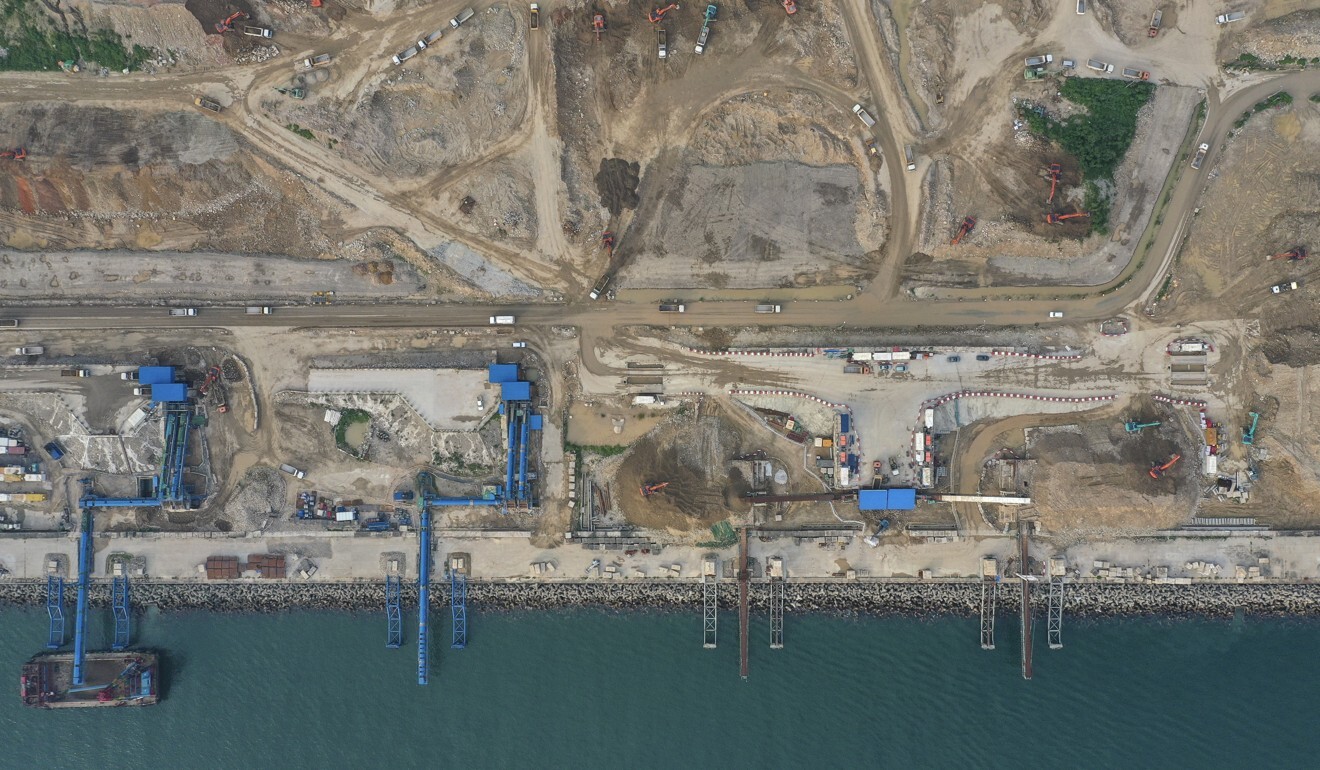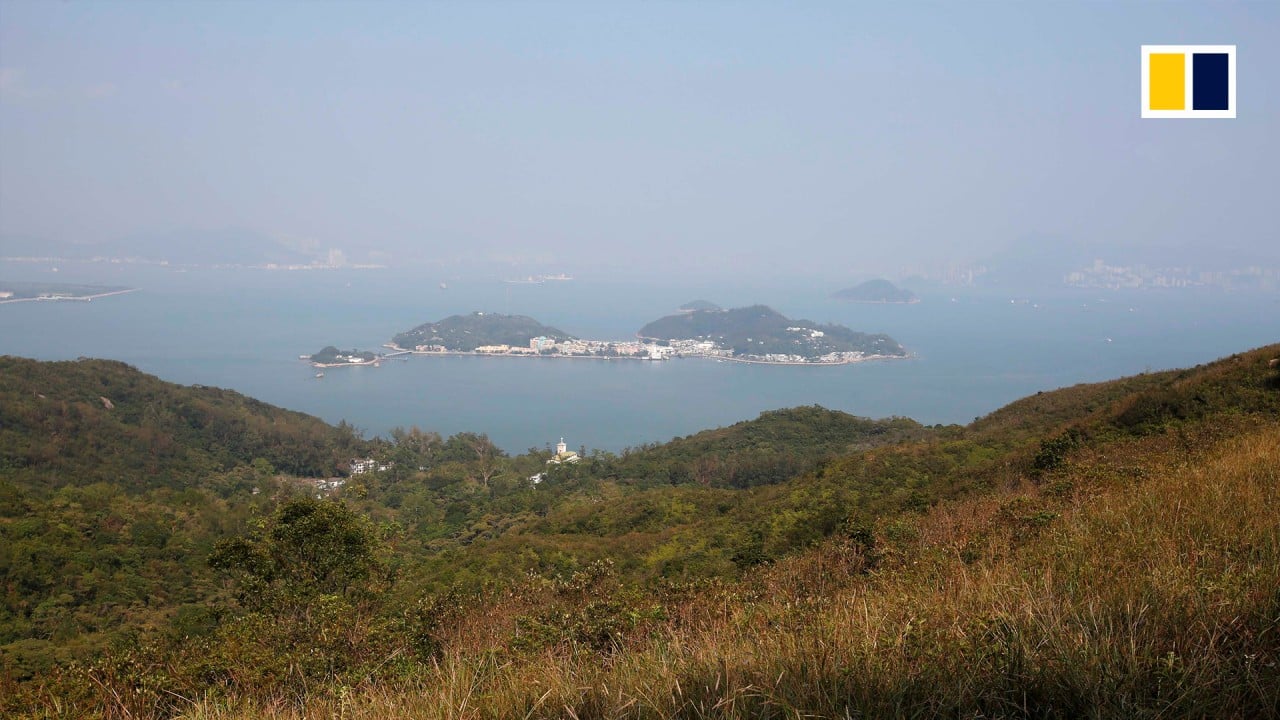
Behind Carrie Lam’s grand reclamation plan for Hong Kong lies an inconvenient truth
- The chief executive is determined to push ahead with her Lantau Tomorrow Vision as a solution to the city’s housing crisis, but the environmental costs – for both Hong Kong and the mainland – are being glossed over and less ecologically damaging options effaced
This beloved mammal has been listed as a “Grade 1 national key protected animal” since 1988 and is also protected by Hong Kong law, but is now on the verge of extinction due to development without adequate consideration of sustainability. And Chief Executive Carrie Lam Cheng Yuet-ngor is, it seems, unconcerned.
It was reported that she does not consider reclamation in mainland waters to be an option because of President Xi Jinping’s passion for environmental conservation. But she apparently sees no problem for the ecosystem if the Hong Kong government carries out such reclamation in Hong Kong waters.

02:07
Rare pink dolphin makes comeback as Covid-19 quiets Hong Kong waters
Lam must be aware that there is no physical boundary separating Hong Kong waters from those of the mainland. If the marine habitat of Hong Kong is destroyed, a line on the map cannot prevent it from having an impact on the mainland’s natural environment.
Dredging such vast quantities of natural sand will cause irreversible damage to the Qinzhou ecosystem. So Lam’s apparent belief that no environmental harm will be inflicted on the mainland from reclamation work in Hong Kong waters is sadly misguided.

Another important consideration should be carbon emissions. Based on the estimated fill materials needed for the third runway, the 1,700-hectare Lantau Tomorrow Vision could require over 260 million cubic metres of fill. Delivering these huge amounts of sand the 950km from Qinzhou to Hong Kong will inevitably create a large carbon footprint. This is an inconvenient truth that Lam and her top officials prefer not to disclose.
How costly will the sand needed for Lantau Tomorrow reclamation be?
According to the Development Bureau, 15 million tonnes of construction waste are generated every year in Hong Kong, enough to reclaim only 60 hectares of land. Simple maths shows that, should the Lantau Tomorrow Vision mainly rely on the local supply of fill materials, it could take up to 28 years to complete the reclamation work, not to mention the time needed for other statutory procedures such as environmental impact assessments.

02:43
Why Carrie Lam’s Lantau land reclamation plan is so controversial
In addition, the Development Bureau estimated that major Hong Kong developers are holding no less than 1,000 hectares of agricultural land in the New Territories. The government has been buying back land from developers by exercising the Lands Resumption Ordinance for public purposes.
Developers that claim to be socially and environmentally responsible should grasp this opportunity to help Hong Kong tackle the land shortage for public housing and simultaneously help conserve nature by agreeing to sell their agricultural land to the government or jointly developing their land mainly for public housing.
Utilising brownfield sites in the New Territories for housing would shorten the development time and avoid the ecologically destructive process of large-scale reclamation. If the Lam administration could resolve its public housing shortage using this more sustainable approach, it would ease social tensions and save the Chinese white dolphins from extinction.
Edwin Lau Che-feng is executive director of The Green Earth. [email protected]

